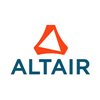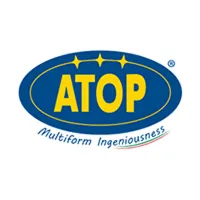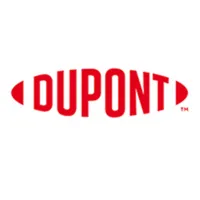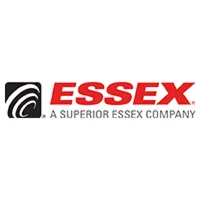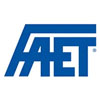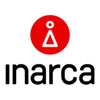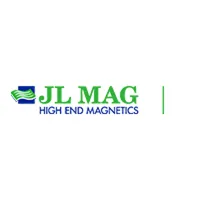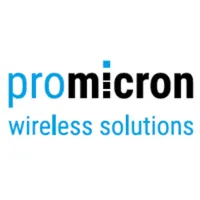Claudio Vittori shares his thoughts on e-motor advancements & the impact of COVID-19
Claudio Vittori, Senior Technical Research Analyst – Powertrain & E-Mobility Component Research, IHS Markit
CWIEME: What do you see as the current technological trends of e-motors and their potential applications?
Claudio Vittori, IHS Markit: According to our data the e-motor market is today still driven by permanent magnets motor technology and we do see a trend of a steady growth maintaining about 90% of total e-motor market production volumes until 2030. Among the different technologies adopting permanent magnets, Claw-Pole machines are today driving mild-hybrid applications (95% of the market). This presence is expected to lower over the next decade however. New technologies like Axial-Flux are now entering the market, thanks to showcased applications in P1/P2 and P4 architectures, nevertheless we do expect a limited presence (1% or 2%) of this technology restricted to premium and luxury brands in the coming years.
CWIEME: When we look at the maximum speed of an e-motor, where are we headed?
Claudio Vittori, IHS Markit: 20,000+ rpm motors are something that we don’t expect to see in any application until beyond 2025, but we understand suppliers are working on it and it’ll find its way in to niche, high performance applications first.
CWIEME: E-motor and power electronics, what is the trend of integration?
Claudio Vittori, IHS Markit: Different levels of integration are observed for the electric propulsion system components by different OEMs. A higher level of “powertrain” integration is expected in time, led by BEVs with solutions where DC-DC is integrated with OBC and Motor is integrated with the Inverter, covering almost 40% of the market already by 2025 and remaining steady over the years until 2032. Motor and inverters will follow suit representing 25% of the remaining market and will mainly be adopted in mild-hybrid technologies with BSG. The main driver of integrated solutions will continue to be higher efficiency, cost and weight synergies.
CWIEME: How does OEM inhouse eAxle production compare to outsourcing to tier 1 suppliers?
Claudio Vittori, IHS Markit: When we consider the main automotive brands, we do expect a growing market of in-house e-axle production in the next few years with different modalities on a regional base. Already about 50% of the European production is made in-house (in same cases thanks to strategic cooperation and licensing agreements with tier suppliers like Audi and Schaeffler) we do see a growing percentage of the market to follow suit which is foreseen to reach more than 60% of market share by 2025 and more than 2/3 of the market by 2030. A different strategy is expected for example in the Chinese market where there’ll be more “buy” with the in-house production expected to remain steady around the 50% of market share until 2030 leaving an opportunity for the big Tier 1’s.
CWIEME: Finally, how has Coronavirus impacted on automotive plant closures, and how would you predict the expected volumes of produced components to change?
Claudio Vittori, IHS Markit: We do expect to see a reduction in e-motor production of 10% in 2020 with the market remaining in recovery mode until at least until 2023, with a decrease of production volumes expected of up to 5%. In figures this would mean between 1 to 2 million less electric motors produced per year until 2023 – with the eAxle market mainly suffering within 2020 itself.
CWIEME: Thank you for your time.
